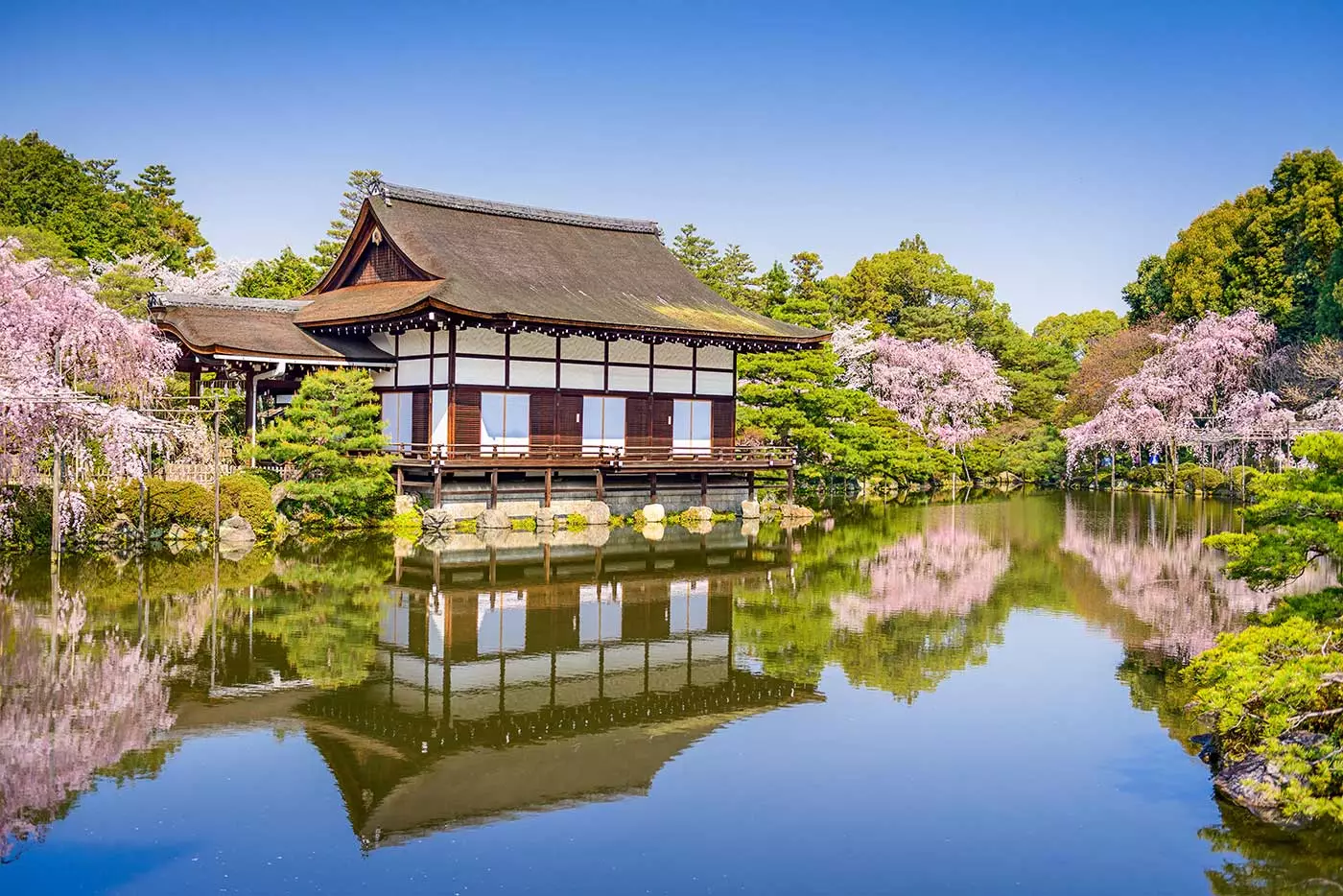
Sakura in the garden of Heian Shrine in Tokyo
Creating a collective (or individual) mental state allows you to become aware of being alive and connect with the energies that move the processes of life, in addition to renewing the richness and meaning of each experience. Hence, the rituals continue to have the importance that our ancestors gave them and, although the lack of time in Western society forces us to demystify important moments , rituals are more necessary than ever.
Turning simple everyday events into daily or frequent rituals is a philosophy that has been followed by many cultures over time. We tell you what some of the ones that have inspired us the most consist of.
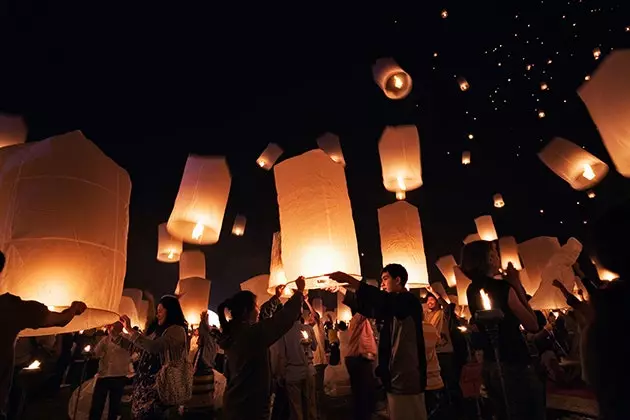
Leave grudges behind at Loi Krathong festival, Thailand
TEA RITUAL
What is: The chadô or path of tea It is a ceremony of about four hours during which the host devotes his whole being to creating an aesthetically, intellectually and physically beautiful and serene environment for his guests, who are served a light meal _(chakaiseki) _, a light tea _( usucha) _ and another thicker _(koicha) _.
Source: Green tea was first drunk imported from China as a medicine. The first tea ceremonies they were occasions to flaunt the most refined utensils . Finally, through the influence of the Zen Buddhism masters of the 14th and 15th centuries, the procedures for serving him became a way of improving spiritually. Today there are more than a hundred different schools.
Coordinates: In Japan, once a week, they usually go to the masters of the tea ceremony. In groups of three or four students take turns practicing as hosts and guests..
What we like the most: May each step of the ceremony be done with the utmost precision and conscientiousness and may this ritual be the embodiment of the principles of Zen: appreciate the sacred in everyday life.
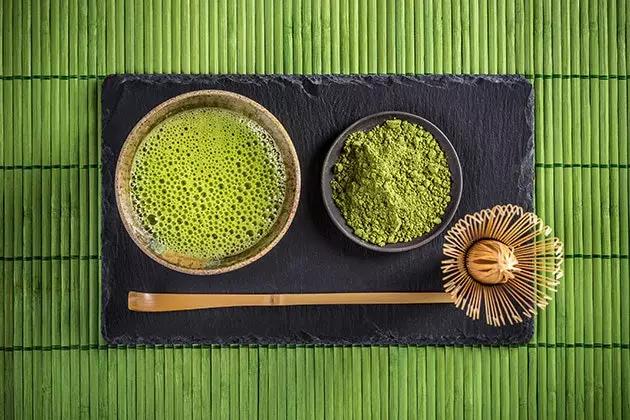
Traditional tea ceremony utensils
SAMURAI WARRIOR RITUAL
What is: The thorough personal grooming of the warrior each morning, to prepare for a battle that could take place at any moment ( right now! ) .
Source: In the Hagakure, the practical and mystical code of warriors bushido , written by a samurai master in the 18th century, detailed the ritual of neatness and cleanliness that consisted of shaving the head, washing thoroughly, perfume the bun and verify the good condition of his katanas.
Coordinates: The rituals of these medieval Japanese warriors began when they were already established as a defined social class, in the Heian period (794-1185).
What we like: This cleansing and purification ritual was intended to radiate power and calm down to take control and self-confidence , as well as his ability to beat the opponent.
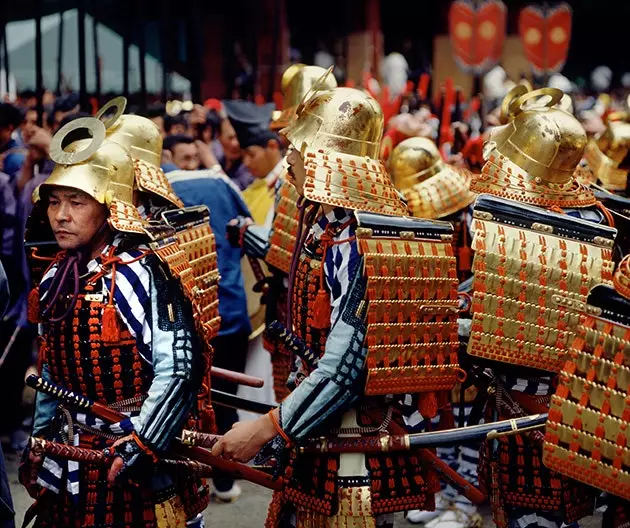
The samurai festival at the Nikk temple? T?sh?-g? (Niko)
HOLI RITUAL
What is: It is a spring festival in which the streets are filled with people throwing colored powders (gulal) and jets of colored water at each other. By late afternoon, yes e makes a great bonfire with collected wood to celebrate the victory of good over evil according to tradition.
Source: This fact of Hindu mythology is already mentioned in the Puranas (one of the first written genres of its literature, dated around 500 BC). The word 'holi' refers to Holika, the evil sister of the demon king Hiranyakashipu, who had been given the power to be indestructible by flames. Her magic cloak protected her . But the son of the demon king, Prahlada, revealed himself and continued to worship Vishnu, the authentic Hindu god. He was sentenced to burn to death sitting on his aunt, but the cloak flew to him and protected him, and Holika burst into flames. The god Vishnu appeared and killed King Hiranyakashipu.
Coordinates: On the full moon of the month phalgun (March) it is celebrated in India, Guyana and Nepal.
What we like: The power of legend's devotion, and fraternity for a day in this caste divided society.
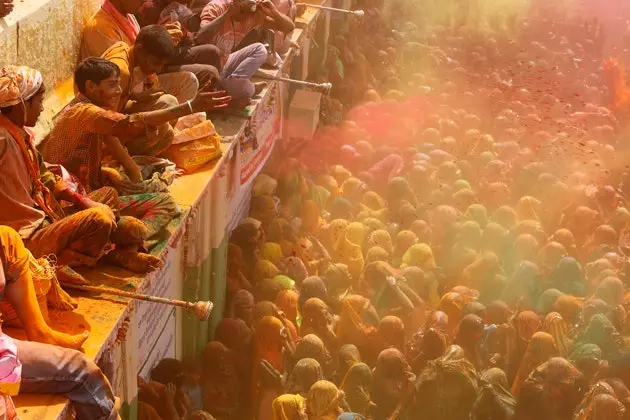
Happy Holi!
LOI KRATHONG RITUAL
What is: It is about making floating handmade baskets with banana leaves, to release them on the waters just at the end of the monsoon (the rainy season). Inside these baskets travel candles, flowers, coins, incense, and even in the past, hair and nails, as a symbol of the negative parts of oneself that one wants to leave behind (which is what the word krathong means).
Source: The festival had its origin in India, where there is a similar one, Diwali, in which floating lamps are placed on the Ganges as gratitude to the river for the life offered throughout the year. Thai Buddhists began to celebrate it in honor of Buddha with candles floating on small rafts.
Coordinates: In Thailand, during the full moon of the 10th Buddhist month (November).
What we like: The renunciation and overcoming of all grudges, bad moods and weak points of each one to start a life without them.
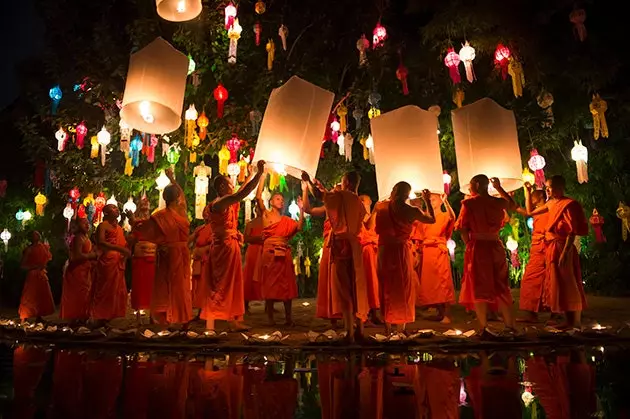
Buddhist monks at Loi Krathong festival, Thailand
SAKURA RITUAL
What is: The hamani is an ancient tradition that consists of celebrating the flowering of the cherry trees (the sakura) with a picnic under their branches that usually brings together families, groups of friends, co-workers... to contemplate this fleeting spectacle like life.
Source: Cherry blossoming coincides with the beginning of the rice planting season and the return to agricultural activities. In the Nara era (8th century), offerings were made to the divinities at the foot of this tree and the peasants drank sake under its branches. . A century later, the Kyoto imperial court resumed and expanded this festival to include elaborate dishes and fine sake, and v inculcated the contemplation of flowers with the writing of poems and other arts.
Coordinates: From the end of January, the Japanese weather forecasts begin to report the forecasts of the sakura by regions: it usually starts at the end of March. Currently, it coincides with the start of the school year and the university.
What we like the most: The passing beauty as a metaphor of life: bright, beautiful and fleeting.
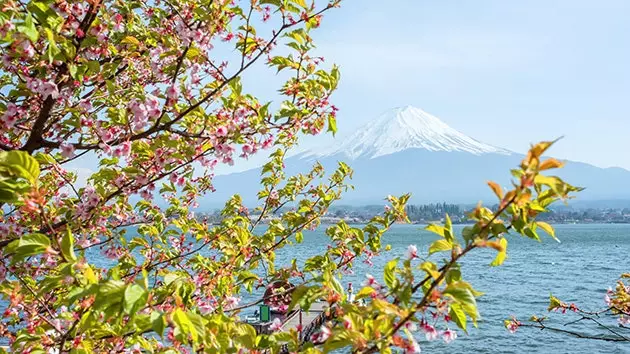
The iconic Mount Fuji
* This article has been published in the July-August 97 issue of Condé Nast Traveler magazine. Subscribe to the printed edition (**11 printed issues and a digital version for €24.75, by calling 902 53 55 57 or from our website**) and enjoy free access to the digital version of Condé Nast Traveler for iPad. The July-August issue of Condé Nast Traveler is available in its digital version to enjoy on your preferred device.
